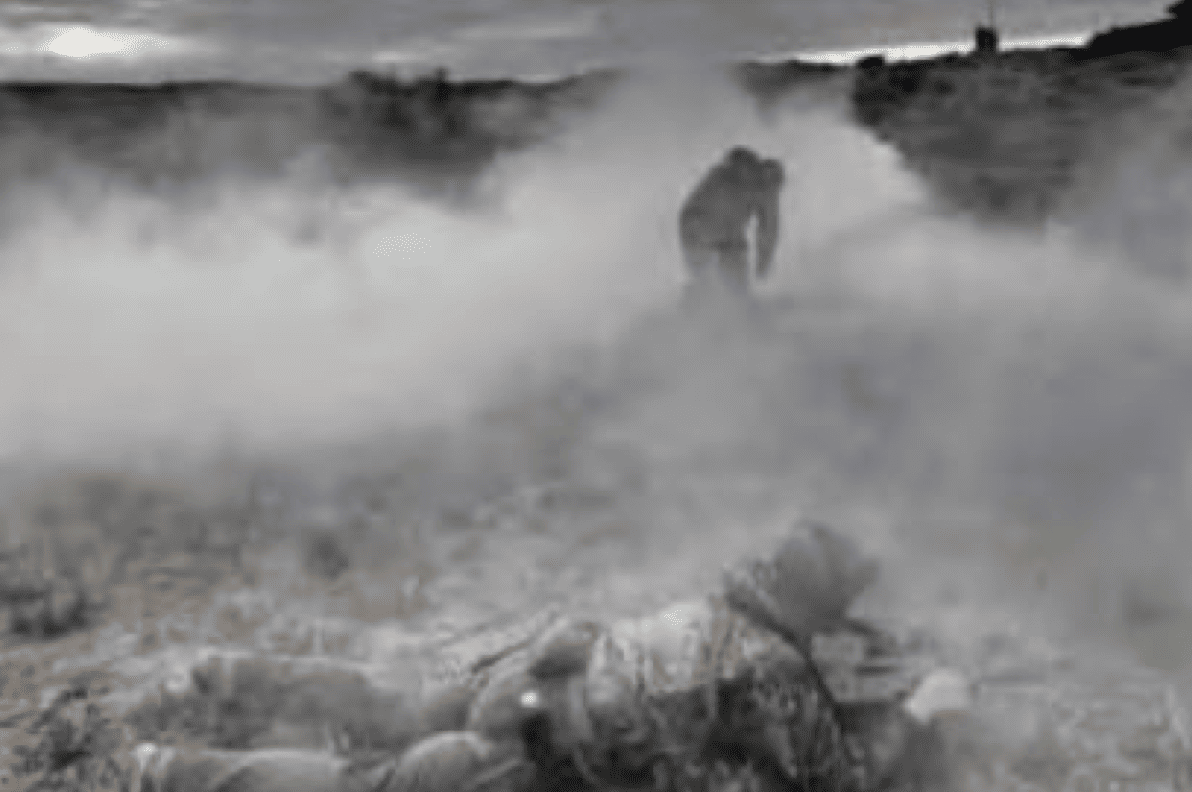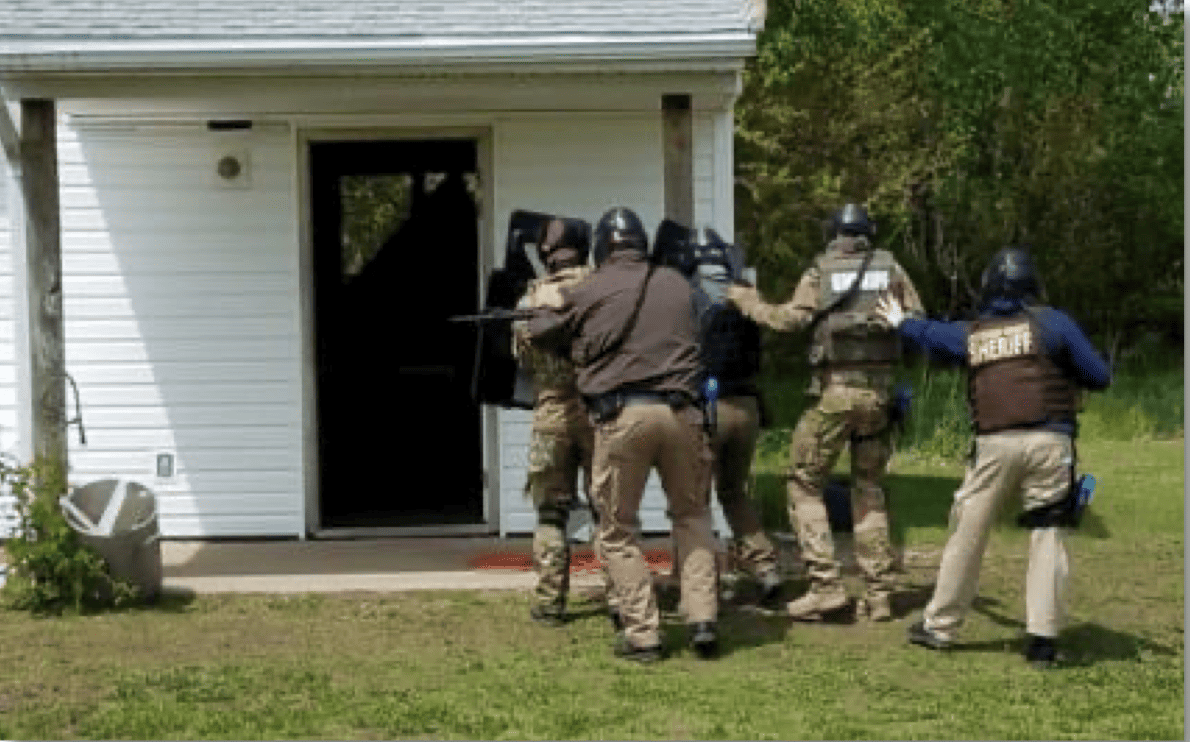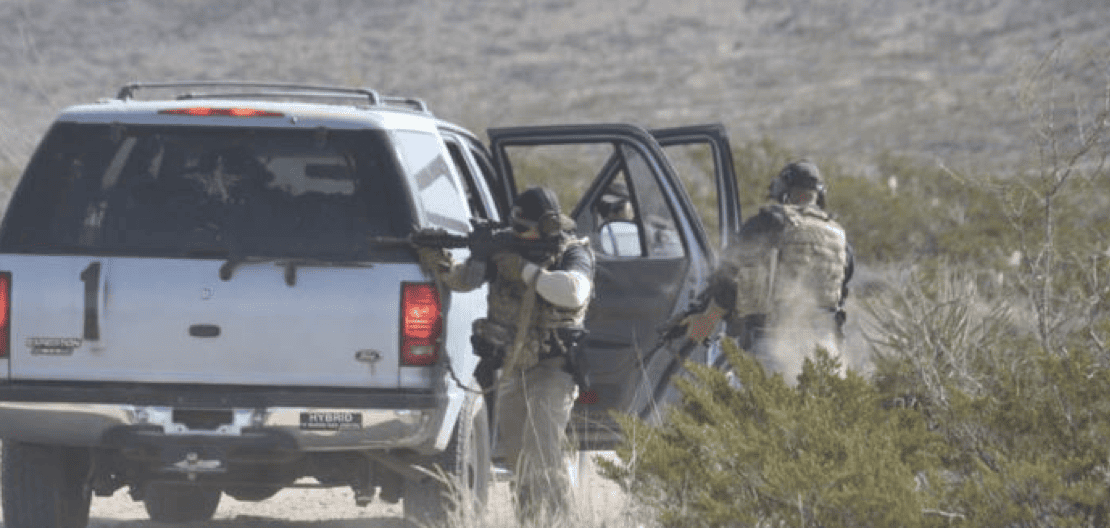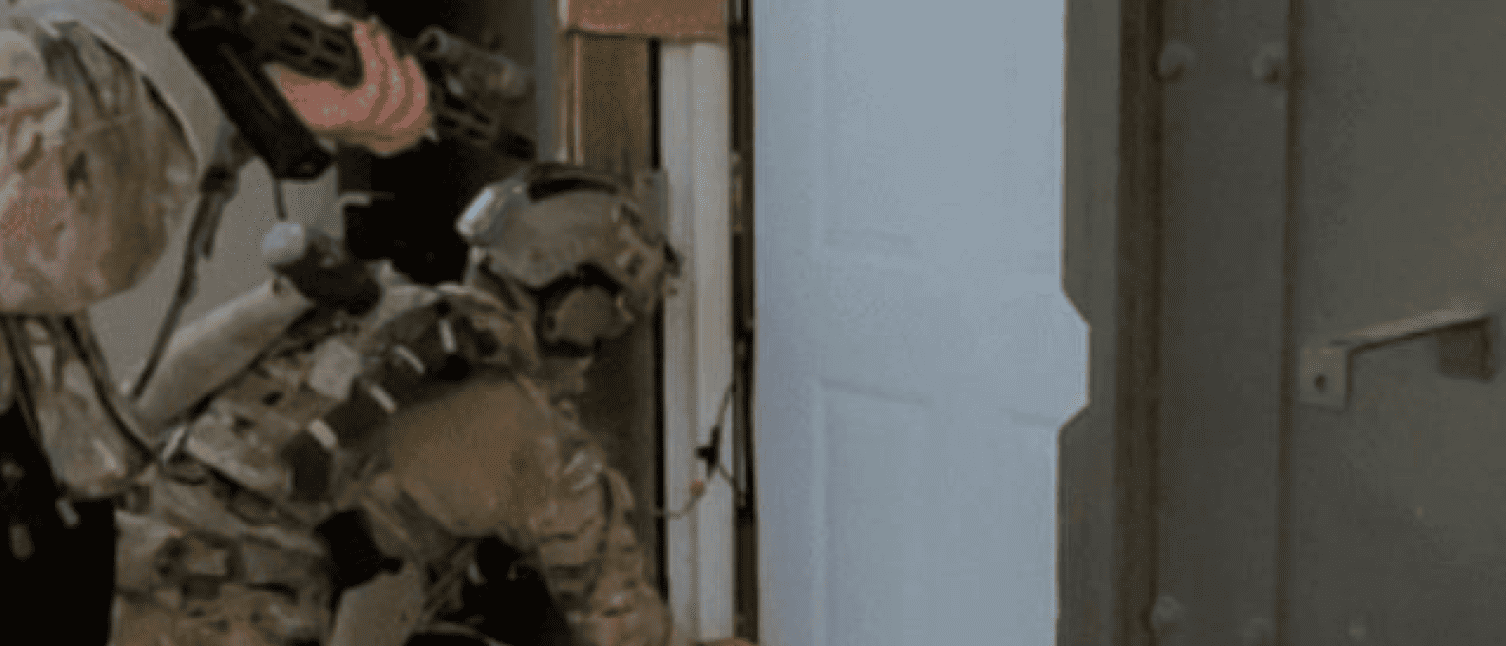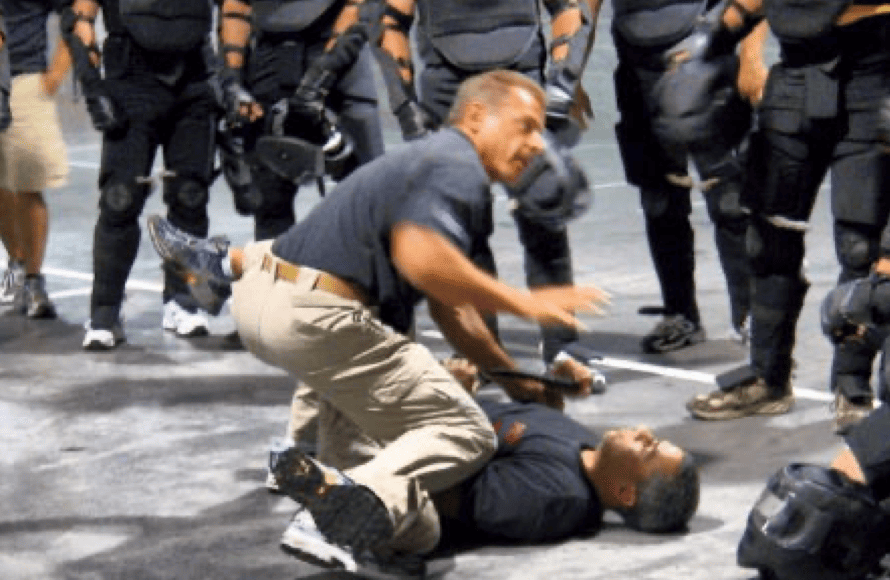
Thomas Lojek
Article
Tony Blauer on
Officer Survival:
The Startle-Flinch Response
Coach Blauer has been in the martial art, self-defense, defensive tactics, and combatives industry for four decades!
He is one of the only Combatives experts who has successfully affected training across all the combat related communities: self-defense, combat sports, and the military & law enforcement sector.
His research on physiology, mindset as it relates to confrontation management has influenced over three decades of reality-based martial artists and enhanced the survivability of law enforcement, military and emergency services personnel around the world.
The Science of Survival
Bodycam footage captured the moment when semi-truck driver Elijah Collins stabbed Police Captain Brian Dalton in the neck with a screwdriver during a traffic stop in June 2019.
The video can still be found online.
Collins was sitting in the cab of his truck. He was initially calm as the captain explained how to handle the citation—until Collins reached toward the inner panel of the open door of the truck cab.
Suddenly, Collins lunged out of the vehicle with a screwdriver in his hand and drove it into Capt. Dalton’s neck.
Dalton yelled out just before a rapid series of gunshots rang out.
Collins was fatally struck. Capt. Dalton was rushed by helicopter to Summa Akron City Hospital, where he remained in intensive care for two days.
He returned to duty in July 2019.

Human Nature’s Airbag: The Startle-Flinch Response
When Brian Dalton was attacked, his body’s instinctive survival system bypassed his thinking brain and deployed human nature’s airbag: the startle-flinch response.
The startle-flinch deploys like a biological airbag, expanding instantly during a sudden incident to create space between you and the danger.
In Dalton’s fight, the flinch-response expanded exactly as nature designed it.
It bought him time, created distance between him and the threat, and allowed his mind to catch up and ultimately get to his sidearm.

Physiology vs. Physicality
The human brain and neuroscience play a crucial role in training and officer safety.
As a police officer, understanding how physiology, fear, and physics influence your reaction to violence is essential.
When a violent stimulus is introduced too quickly, the body’s survival system hijacks executive function.
The typical physiological response is to protect the head and push away danger.
Fingers splay if the hands are empty, and the forearms rise outside ninety degrees from the elbow.
This startle-flinch pattern is hardwired into you.
When situational awareness is compromised, we rely on instinct, intuition, and psychology.
Think of your startle-flinch response as your “backup”—the backup to your defensive tactics and complex motor skills.
How many of you noticed the summons floating through the frame long after the attack? Re-watch if you missed it.
Two key points:
Even though Capt. Dalton knew he was fighting for his life, physiology had already intervened and was pushing the danger away.
At the same time, even while being stabbed, he still held onto the summons.
This illustrates a critical concept in physiology and neuroscience.
If you are holding something when violence erupts, the flinch-response, via the crossed-extensor reflexes, causes you to tighten around that object.
This matters when seconds count.
It could be the door frame of a suspect’s car, a handful of clothing, your flashlight—or, in this case, the summons.
Watch it drop in slow motion long after the fight starts.
Understanding the “why” helps you recognize the reflex sooner and fix it.
This is vital for your future safety.
In real encounters, you might be holding an object in your dominant hand—the same hand you need to transition your weapon to.
You may be pulling a suspect from a car when he launches an attack.
You will flinch, and your grip will tighten around whatever is in your hand.
This will delay or interrupt your next action.
Now that you understand this, build these “physiological malfunctions” into your training.
You’ll improve self-awareness and convert the flinch into a functional response faster.
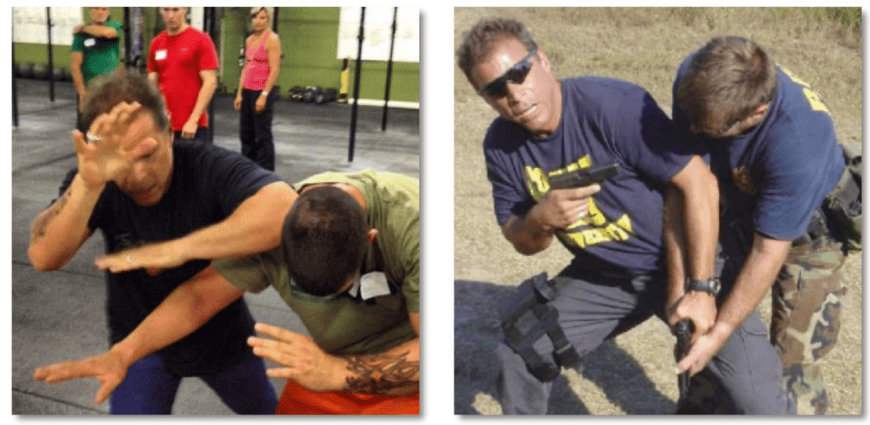
Violence Doesn’t Care
Sorry—violence doesn’t care what martial art you study.
In 1980 I began running scenario-training.
We hosted scenario seminars monthly.
About seven years in, I noticed something interesting: a weird but intuitive movement kept interrupting the flow of attackers.
It was ugly, spontaneous, and seemed to appear from nowhere.
It was the startle-flinch.
Here’s the more important observation: everyone flinched, regardless of training, rank, or martial art.
Why?
After studying this for years, I concluded that it was the stimulus—the sudden aggression—that caused the flinch.
The defender’s skill didn’t matter if the attack was sudden and close.
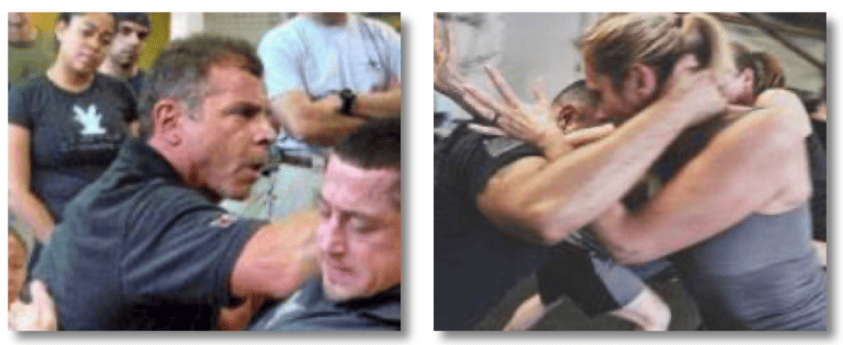
Built Around the Action–Reaction Model
In law enforcement training, we often say, “Action is faster than reaction.”
But what is the point of that statement?
How does it connect to officer-survival research?
Consider this: If action is faster than reaction—and it is—then in an ambush the bad guy is “action.”
That means the way many officers train for violence isn’t congruent with math, physics, or psychology.
This can get deep, but the essential point is that we need physiology to assist us during sudden attacks.
Had Brian Dalton brought his support hand to his sternum—as in a close-quarter draw—this fight might have had a very different outcome.
In the late 80s I began analyzing the startle-flinch and its potential role in personal defense. In 1988 I wrote this thesis statement:
“What does your body do prior to any training?
Does that movement have a protective response?
If yes, then why aren’t we integrating this into all our training?”
In short: When a stimulus is introduced too quickly, the human body flinches.
This is a fact.
So why not integrate this instinctive response into training to make officers safer?
Friends, I’ve been studying self-defense for over 50 years.
I wrestled, boxed, and trained in many martial arts.
After one of my students lost a fight I believed I had prepared him for, I changed everything.
I stopped looking at defense through the lens of martial arts and instead looked through the eyes of the predator.
It challenged virtually every assumption we had about training.
This launched an entirely new framework for me and my students.
It forced me to dig deeper into psychology and neuroscience.
After decades of research, I worked to develop a system that could make anyone safer, sooner.
After more than 30 years of studying violence, here’s what I can tell you:
If you have the choice, you always want backup.
The startle-flinch is your body’s biological backup system.
Learn to weaponize it now—because when sudden violence erupts, it will be the thing between you and the bad guy.
Stay safe,
Coach Blauer
